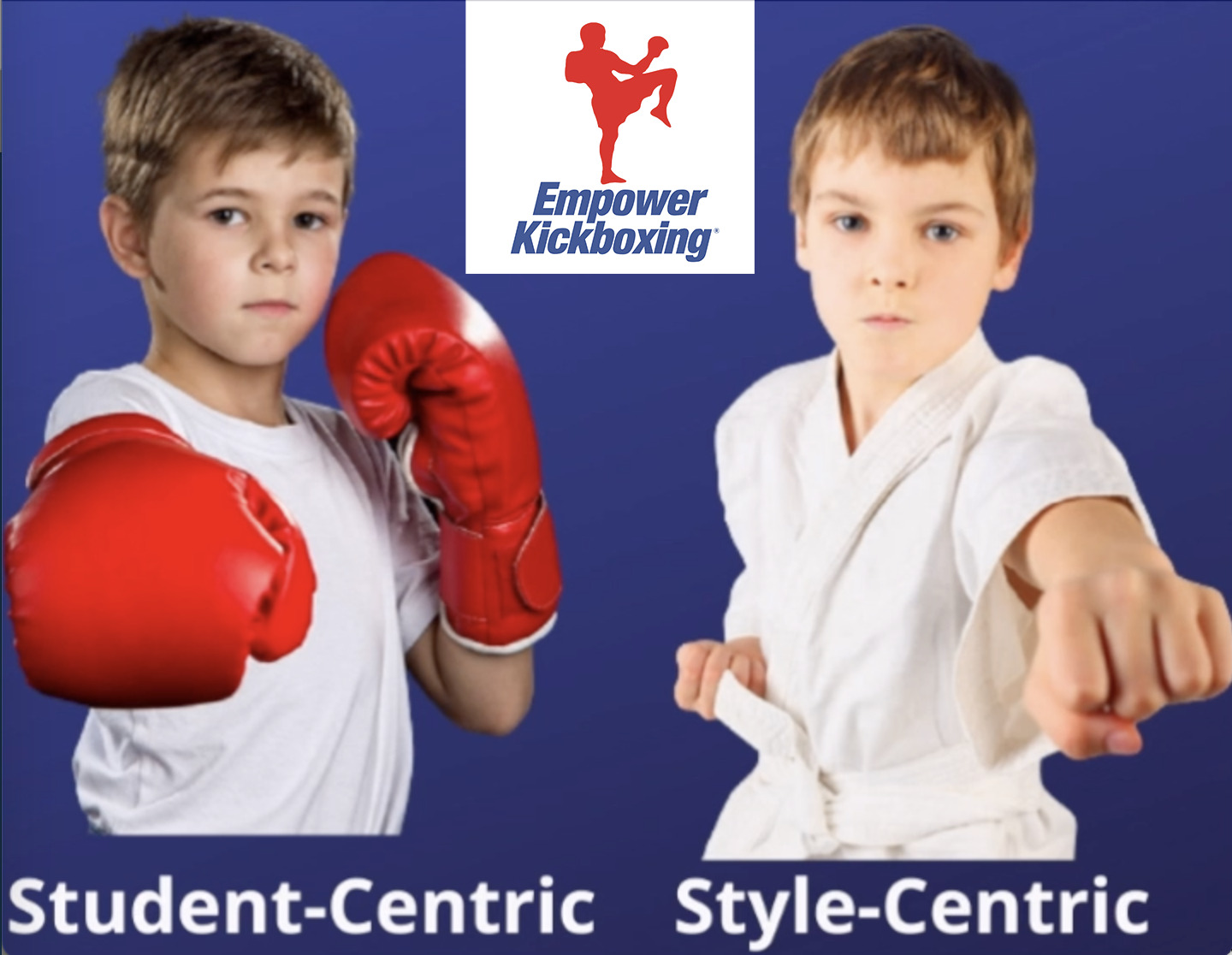Selling sparring equipment in your martial arts school is not just a revenue opportunity; it's a safety imperative and a key element of your training program. To effectively market and sell sparring gear, it's essential to integrate the equipment into the curriculum early and make it a mandatory part of progression. Here's a comprehensive strategy to optimize sparring equipment sales while enhancing student engagement and safety.
Integrating and Selling Sparring Equipment
1. Early Introduction:
- Introduce basic sparring equipment like headgear, mouthpieces, and hand pads to white belts. This early integration not only prepares them for future sparring but also emphasizes the importance of safety from the beginning.
- Use defensive blocking and punching drills as a way to familiarize new students with the equipment.
2. Gradual Equipment Integration:
- As students progress to the gold belt (usually around 8 weeks), introduce additional gear required for the next level of training, such as shin guards, foot pads, and cups. This ensures they are fully equipped once they start more advanced drills that include kicking.
- By the time students reach the orange belt, introduce rib protectors to prepare them for light body contact during sparring sessions.
3. Full Gear for Advanced Levels:
- Upon reaching the green belt, students should be equipped with full gear, including items necessary for head contact and free sparring. This gradual introduction aligns with their training progression, enhancing safety and readiness.
Marketing and Selling the Equipment
1. Safety and Compliance:
- Emphasize the safety benefits of using personal sparring gear to parents and students. Highlight how it reduces the risk of injuries and aligns with insurance requirements.
- Point out that personal equipment is more hygienic and dignified than shared gear.
2. Package Deals:
- Create sparring packages that include all necessary gear for each belt level. Offer these packages at full retail price but include a free sports bag with your school's logo and website URL for added value.
- Make it clear that these packages are tailored to meet training requirements and safety standards, which can help justify the expense as a necessary investment in their training and well-being.
3. Visibility and Accessibility:
- Display sparring equipment prominently in your school, with informational signage that details the safety benefits and requirements for each training level.
- Consider setting up a sample area where students can try on different sizes and types of gear during enrollment or special promotional days.
4. Incentives for Early Purchase:
- Offer discounts or additional perks (like free patches or a free month of classes) to students who purchase their sparring equipment early in their training.
- Implement a referral program that rewards students for bringing family or friends into the school who also purchase equipment.
Education and Engagement:
- Regularly educate students and parents about the importance of each piece of equipment through seminars, newsletters, and during classes.
- Use testimonials and demonstrations to show the effectiveness and necessity of proper gear in training and sparring sessions.
By strategically integrating the sale of sparring equipment into the curriculum and emphasizing its safety and hygiene benefits, martial arts schools can not only boost their retail sales but also enhance their students' training experience and safety.


